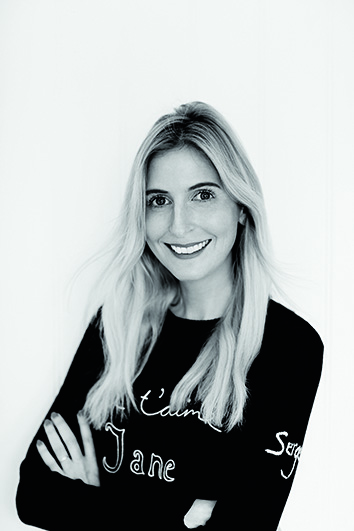How to start incorporating retinol into your beauty routine - and which formulas are best for beginners
Wondering which retinol is right for you? We've quizzed the experts on how to incorporate the active into your skincare routine...


Looking to harness the anti-ageing powers of retinol? We've quizzed the experts on everything a beginner needs to know about using the potent ingredient - and the best formulas to add to your arsenal...
Unless you’ve been living under a rock for the last 10 years, you would have heard about the anti-ageing benefits of the best retinol creams and serums in your skincare journey. It’s the most well-known of active ingredients that offers the most transformative results, however, it is still misunderstood by many. This powerhouse ingredient that was once only available in professional environments has now found its way into many over-the-counter products - and in various formulations from oils and serums to gels and moisturisers.
If you’ve always been retinol-curious but have no idea where to start, we've enlisted the expertise of skincare pros to break down how it can benefit your skin, how to use it correctly and which retinol to buy - to suit both your budget and skincare needs...
The best retinol products for first time users, per a Beauty Editor
Looking to start using retinol? These are the best formulas for beginners, from serums to travel-friendly capsules...
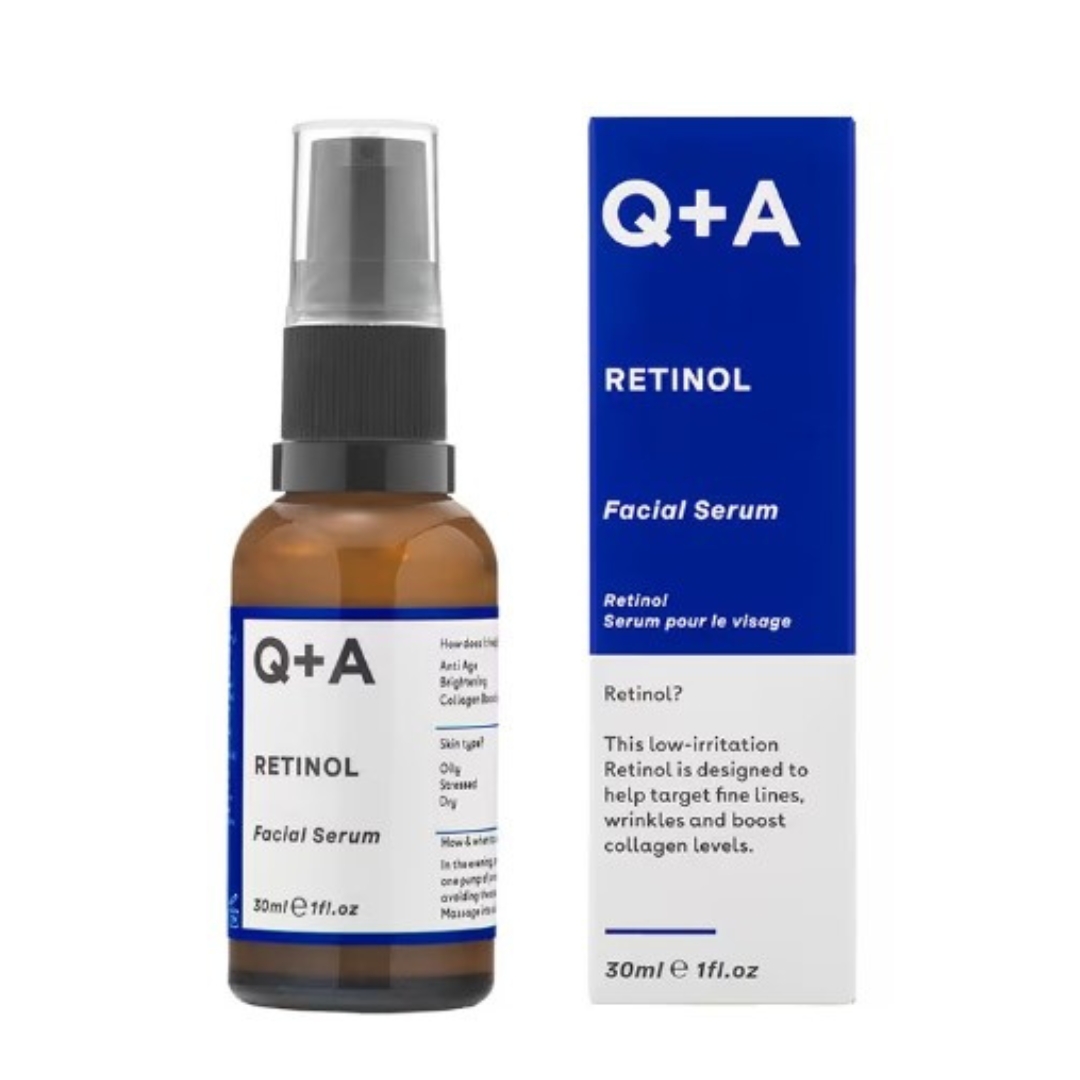
RRP: £12
This serum uses an inclusion of 0.2% hydroxypinacolone retinoate (granactive retinoid) which is both effective and well-tolerated.
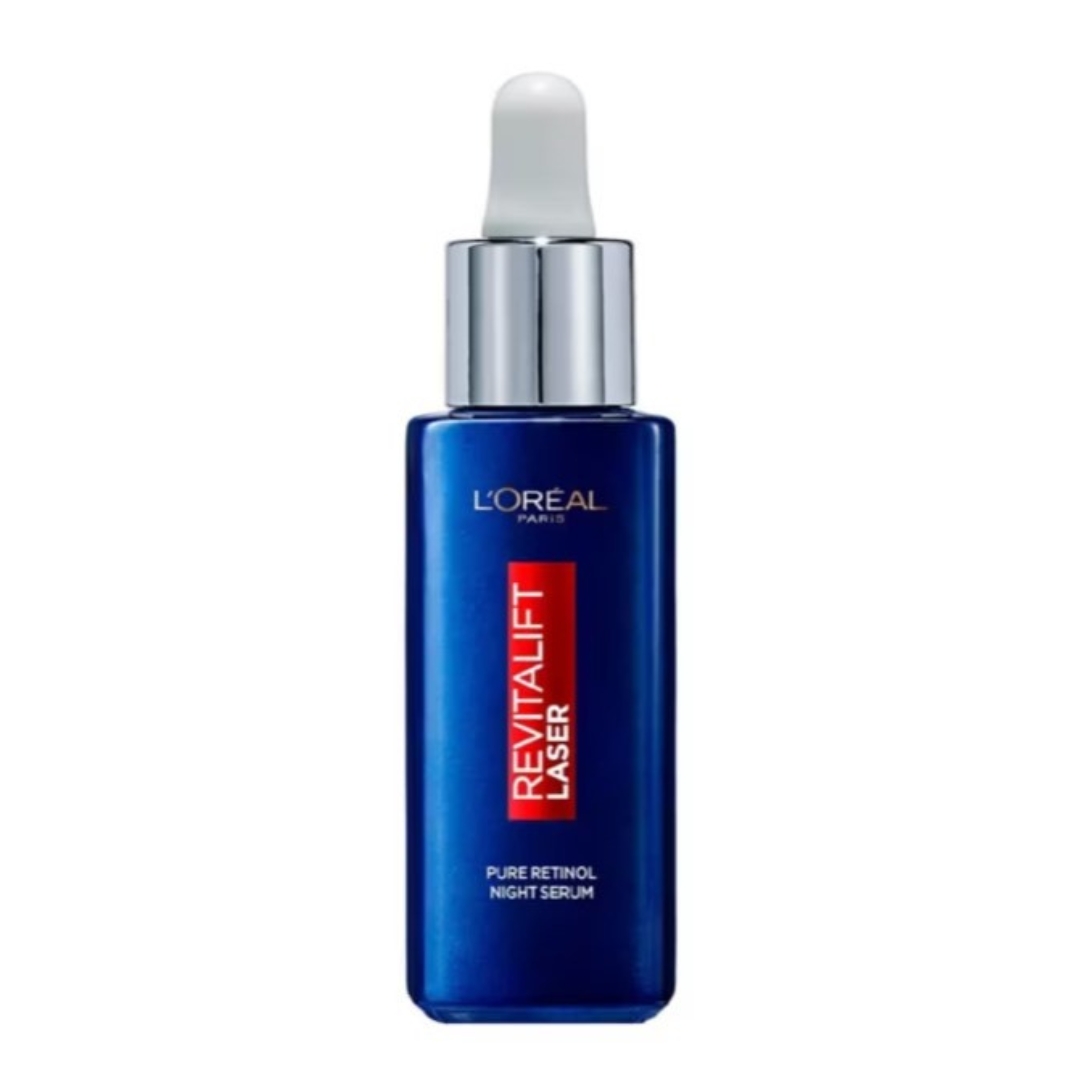
RRP: £31.99
Featuring 0.2% retinol, this L'Oreal serum is a happy place to start, offering results without causing discomfort.
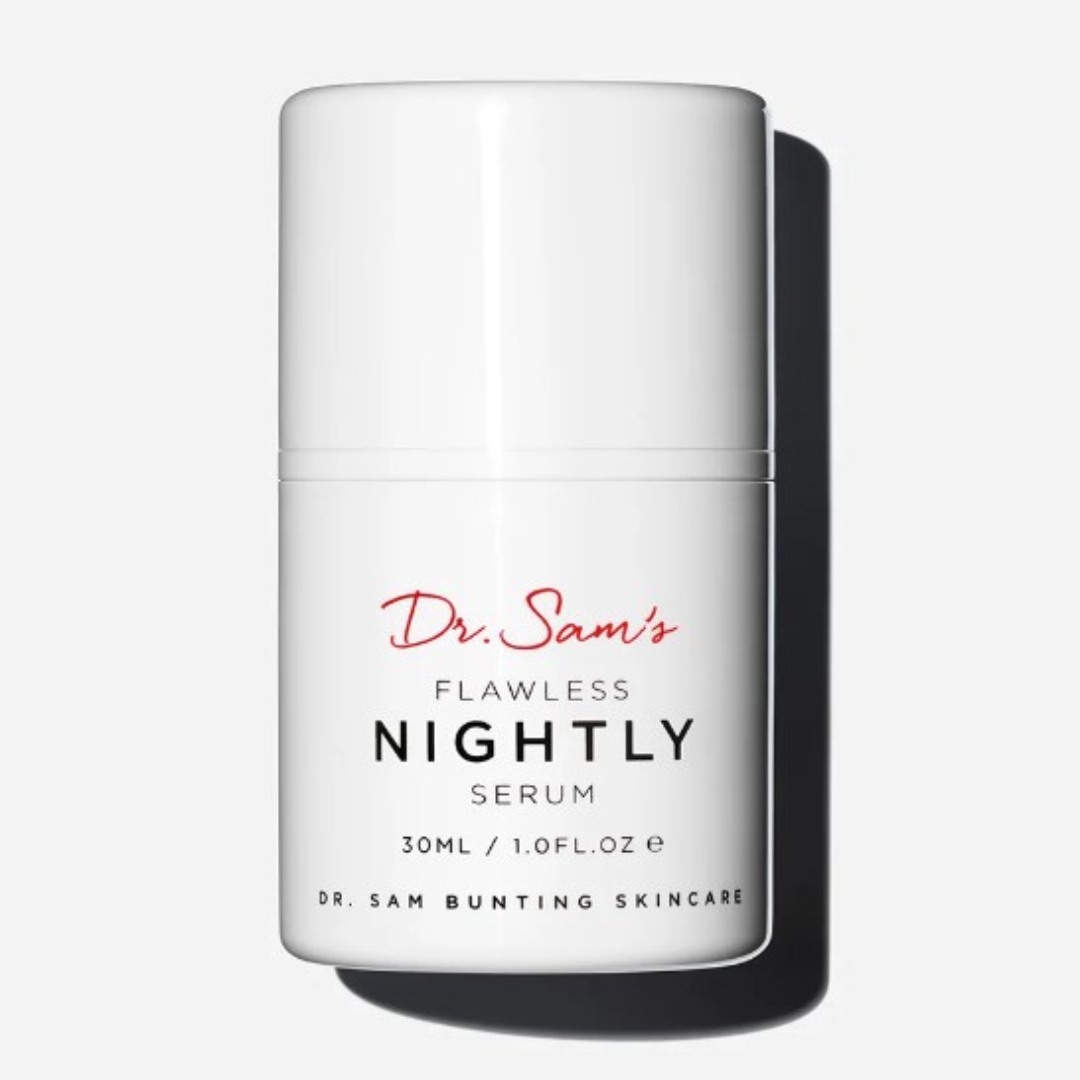
RRP: £46
With 2% Retinoid, this serum clears pores and calms blemishes, while resurfacing skin texture and softening laughter lines.

RRP: £80
Cleverly housed in a capsule to keep light and air out (retinol is sensitive to both) and potency in.
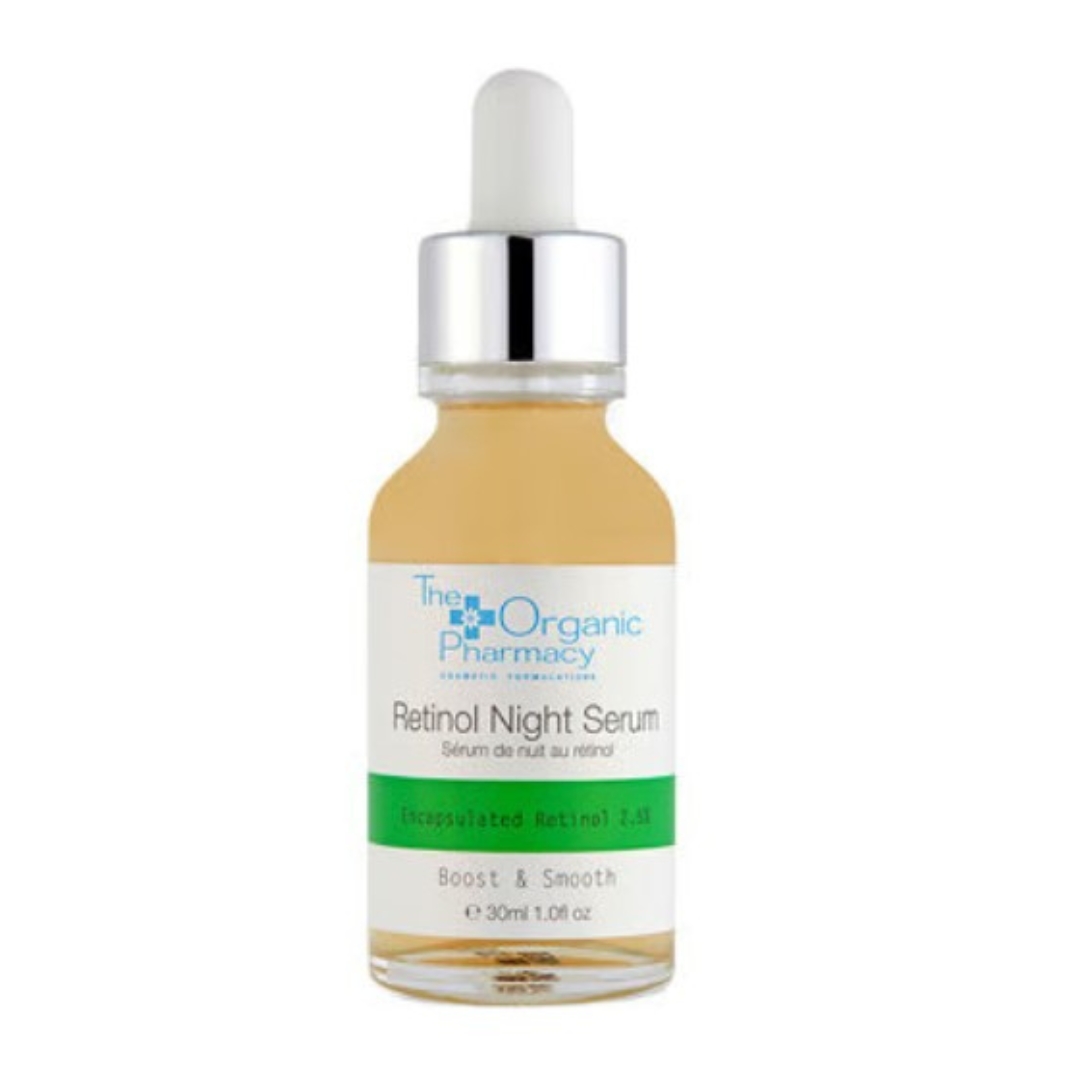
RRP: £32
With 2.5% Lecithin encapsulated retinol this boosts collagen, refines pores and corrects pigmentation.

RRP: £50
With a trio of pure retinol, peptides and ceramides promotes surface skin cell turnover while strengthening the skin barrier function.
A beginner's guide to retinol - everything you need to know
If you're looking to try one of these products for yourself, whilst avoiding the classic retinol mistakes, understanding what the active is, what it does and where it fits into your routine before you start using it, is key.
Thus, we've asked the experts everything a retinol beginner needs to know...
What is retinol?
So, first things first, what is it? “Retinol is a well-known vitamin A derivative loved by skincare gurus for its multifaceted benefits,” says Dr Maryam Zamani, Oculoplastic Surgeon and Facial Aesthetics Doctor. “It effectively combats signs of ageing by stimulating collagen production, reducing the appearance of fine lines, wrinkles and improving skin texture.”
Sign up to our free daily email for the latest royal and entertainment news, interesting opinion, expert advice on styling and beauty trends, and no-nonsense guides to the health and wellness questions you want answered.
Once applied topically, retinol penetrates the skin and is converted into its active form, retinoic acid, which then binds to retinoic acid receptors (RARs) found within skin cells. “This binding activates a cascade of biochemical reactions that modulate gene expression, leading to various skin benefits.”
Why should you use retinol?
“I always recommend for my patients to use retinol as it is the gold standard in anti-ageing,” continues Dr Zamani. “It’s fantastic for reducing the appearance of fine lines and wrinkles, evening-out skin tone and diminishing hyperpigmentation by causing cells to renew themselves at a faster rate.”
Abi Cleeve, UK MD for Ultrasun adds, “Retinol disrupts the skin and helps speed up the renewal process. It boosts collagen production and assists the skin in retaining collagen, making skin bouncier and firmer.”
How should you start using retinol?
“Slow and steady is the way forward,” says Faye Purcell, Head of Research & Development at Q+A. “It may take a little longer to see desired results, however, it's important to start low and slow to build up skin tolerance to minimise irritation.”
Choose a retinol product with a lower inclusion, ideally 0.1% - 0.2% and start with once a week building up to 3-4 times a week. And only use a pea-sized amount for your full face. It’s also essential to keep your skincare routine simple when integrating retinol. “You can’t use 500 other things at the same time,” says board-certified dermatologist, Dr. Palep. “Once you’re in a good place, you can get a little fancy and add other things.”
Where does retinol fit into your skincare regime?
The best place to use an active retinol is in place or your regular serum, or after your non-active serum and before your moisturiser.
Apply a pea-sized amount to clean, dry skin and wait a few moments before applying a moisturiser on top to help neutralise any dryness. Gradually build your tolerance of retinol by using it every other night to begin with. You can also try a technique called ‘sandwiching’: after cleansing, apply a slim layer of a moisturiser, then apply your chosen retinol, wait a few minutes and then sandwich with another slim layer of moisturiser. This will help to buffer the retinol, resulting in a lesser chance of irritation.
According to The Organic Pharmacy, it’s best to use retinol at nighttime so it can repair oxidative damage caused throughout the day. Also, this is when your skin naturally rejuvenates, so using a retinol before bed will accelerate the rate at which it works, meaning it will be more effective.
Which retinol is right for you?
“First-time retinol users should take their personal skin needs and sensitivity levels, starting with lower concentrations or consulting with a doctor for tailored advice,” suggests Dr Zamani.
Consider a product offering a ‘micro-dose’ of pure retinol in addition to ceramides and peptides. This combination of ingredients helps to gently promote surface cell turnover while keeping dryness and redness to a minimum. Or look for encapsulated retinol, which penetrates the skin at a slower rate than traditional retinols, making it a little gentler. In regards to which formulation to use, Dr Zamani indicates:
- Oil-based retinol products are often beneficial for dry or dehydrated skin, providing extra nourishment and moisture retention.
- Cream formulations offer versatility, suitable for normal, combination, or slightly dry skin, striking a balance between hydration and texture.
- Serums, being lightweight and fast-absorbing, are ideal for oily or acne-prone skin, delivering high concentrations of other active ingredients too, to effectively address concerns like fine lines and hyperpigmentation.
Does retinol have any side effects?
Simply put, yes. Retinol ‘burn’ is basically too much of a good thing. Using retinol regularly can result in too much cell division, resulting in higher numbers of juvenile cells rising up to the surface when they’re not actually ready to do so. When this happens skin can start to peel, and look red and itchy in lighter skin tones and browny-purple in melanin-rich skin tones.
“If this happens don’t automatically think you have an allergy - you’ve most likely simply overstretched your skin’s tolerance,” says Dr Stefanie Williams, Dermatologist and Medical Director of EUDELO. “Stop for a few days to let the reaction settle, then start again, but more slowly.”
As with all vitamin A derivatives, retinol in any form is not recommended for women who are pregnant or breastfeeding. And remember that a very high UVA and UVB protection is absolutely essential when using a retinol. “The retinol has encouraged the skin to speed up cell turnover and therefore new cells have not had time to acclimatise to the environment,” explains Abi Cleeve.
Charley Williams-Howitt has over 20 years of experience working in the beauty industry. As well as previously writing for lifestyle titles, such as woman&home, Woman and Woman's Weekly, Charley has worked for British institutions like Marks and Spencer, John Lewis, and Superdrug creating visual and editorial content cross-platform. Starting her career in the fashion cupboard at Cosmopolitan magazine, she eventually escaped the piles of clothes to discover a world of makeup, moisturizers, and models.
